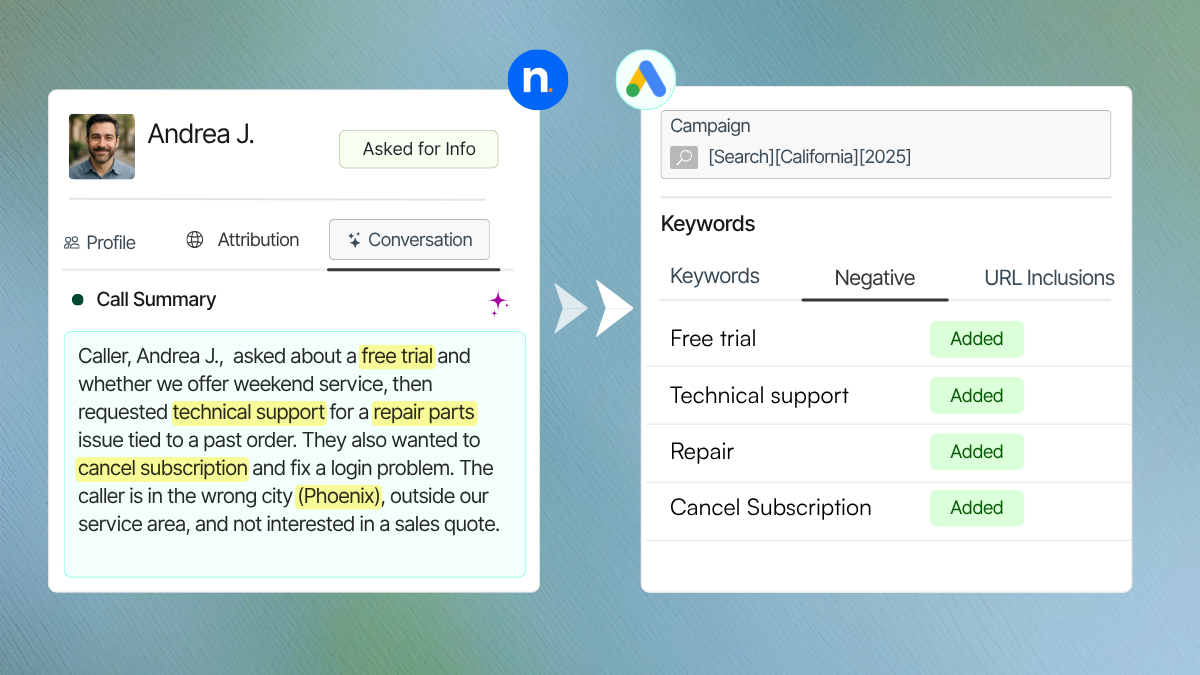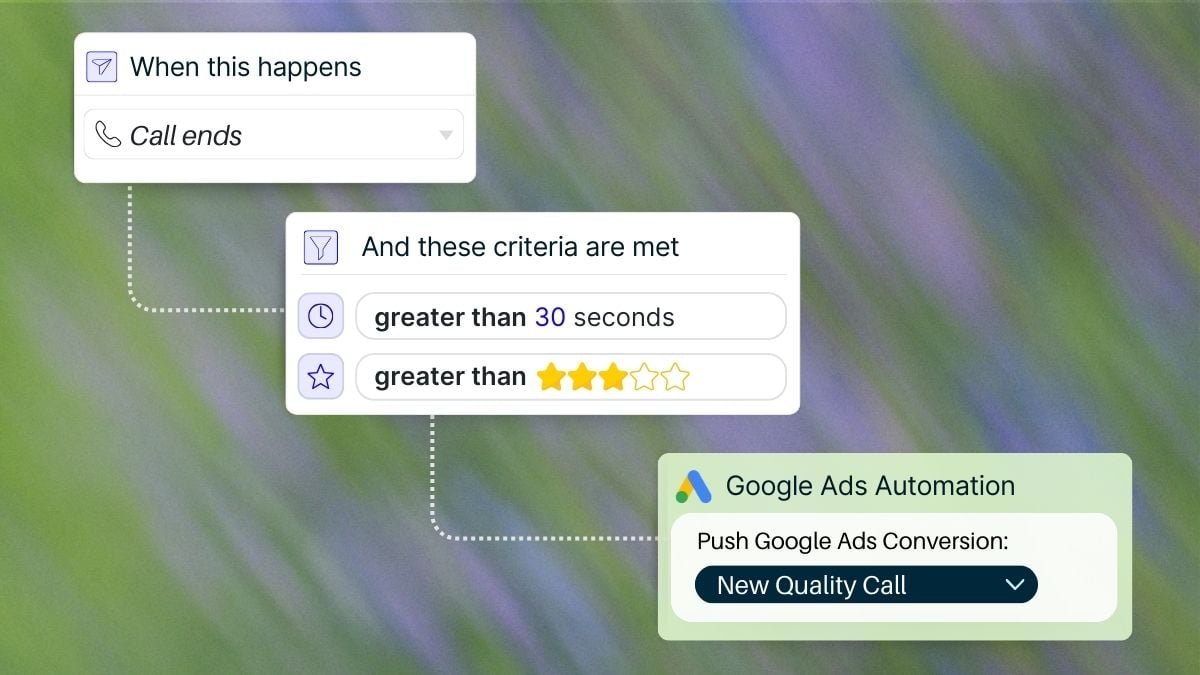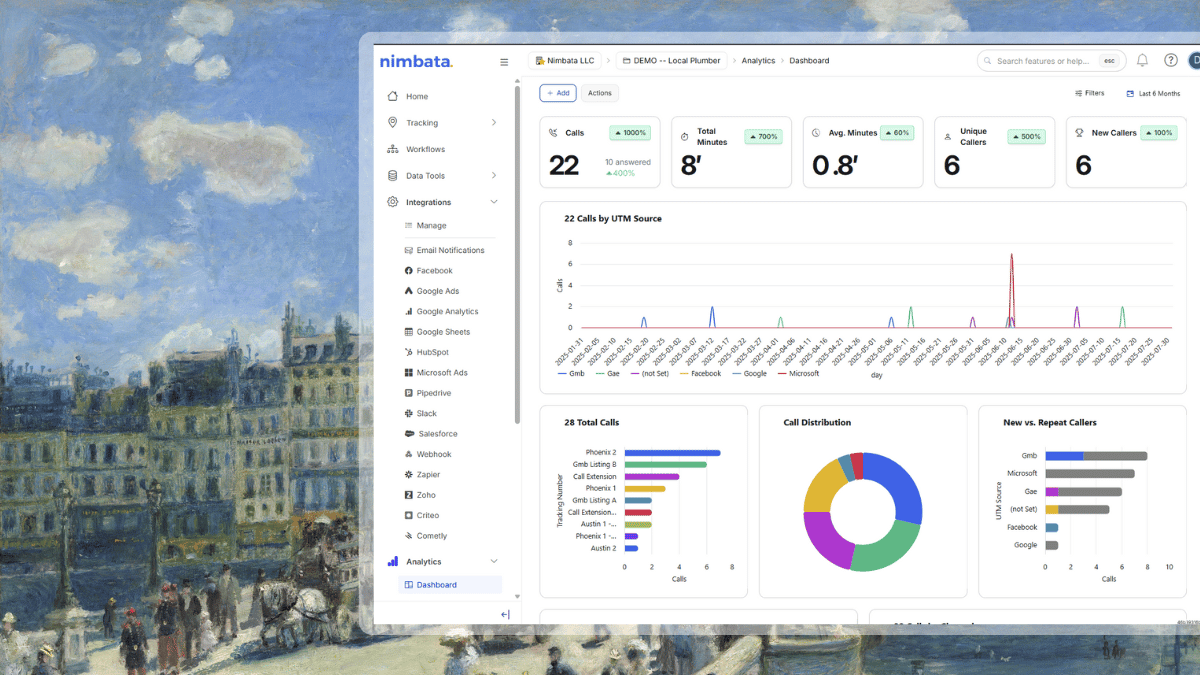It was back in 2015, when Google, in one of its rare moments, did something good. They introduced call-only ads. They quickly gained popularity and were praised by marketers. They were a novel tool and although it’s been 9 years since then, they are still very effective.
This type of ads essentially pushes prospective customers down the sales funnel. By having a phone number as the only means of communication, they act as a catalyst for interpersonal communication, helping conversions. In this article, we will give you some tips on how to properly make use of call-only ads for maximized value.
What is a call-only ad?
First things first, the basics. Call-only ads appear only on mobile devices. Unlike common ads, these display the advertiser’s phone number and allow the customer to directly call by tapping on it. Before call-only ads, customers had to click on the ad, navigate the website, find the number, and then call.
You can see how easy it was for a customer to just shrug their shoulders and move on. Now, by simplifying this process, call-only ads encourage them to actually call your business. This way, the chances of converting them, increase rapidly. According to research, 25-40% of inbound calls end up in a sale. We don’t know about you, but we really like this number.
Why should you run call-only ads
- Direct Human to Human Connection: Customers prefer talking to people, before making a purchase. Even the younger, phone-averted generations, if given the chance, prefer to talk with someone immediately instead of waiting for an email reply. But older ones love the phone. They just can’t have enough of it. With call-only ads, you encourage the customer to call you. This way you remove several barriers between you and them and lead to faster conversions and sales.
- Increase Mobile Experience: Mobile phones dominate web searches nowadays. But do you know what people really hate doing on phones? Reading walls of text while browsing. With call-only ads, you give them the privilege of simply calling you, instead of browsing your website for several minutes. Yes, minutes, not hours. People today are always in a hurry. If you want them as your customers, you need to make it as easy as possible to contact you and resolve all their questions.
- Precise Targeting: If Google does one thing correctly, that is analyzing people and serving them the appropriate ads. This applies to call-only ads as well. You can adjust them according to your preferred demographics, location, time of day, etc. Connect with the right people, instead of shotgun firing into the wild.
- Cost-Effective: With common Google ads, you pay per click. But for most businesses, the conversion rate stands at an abysmal 2.35%. This means that out of every 100 clicks, you will make 2-3 sales. Compare that with the 25-40% we mentioned above, and you can see the difference. In call-only ads you only pay when the customer actually calls. Thus, for every 100 calls, on average you will make 10 to 15 times more sales.
- Conversion Tracking: Like all other forms of Google ads, call-only ads provide you with detailed conversion tracking. You can measure the success of your campaigns and optimize them for even better results.
What’s the difference between call-only ads & call extensions
You may have noticed that common Google ads have an extension option that allows you to insert your phone number. Don’t be confused by that. It’s not the same as call-only ads.
Both options intend to encourage users to call your business. They display your number as a clickable link. But:
Call-only ads appear exclusively on mobile devices capable of making calls. They are optimized for them.
Call extensions a simple ad extensions that don’t feature front and center like your number in call-only ads.
📖 How to Optimize Ads for More Calls: Best Practices on improving call volume and quality.
🔗 PPC Call Tracking: How to Go Beyond Google Ads Limitations & Get more insights
🔗 Google Ads Lead Scoring Importation
🔗 Create High-Converting Call-Only Ads (⬅️ now you are here)
🔗 How to Properly Use Call Extensions
🔗 Calls from Ads vs. Calls from Call Extensions
How to set up call-only campaigns
Here is a quick guide on setting up your call-only ads. You can find it on Google’s support site as well.
Go to Goals > Summary > New Conversion Action

Select Phone calls, Calls from ads, and Continue

Fill in the data and click “Create and continue”

When you are done, go to Campaigns and click New Campaign

Choose Sales, Leads, or Website traffic, and make sure you only have Phone call leads in your conversion goals. Click continue.

Click Search, tick the Phone calls option, and Continue

Enter a phone number, choose to start a new campaign, and continue. Set up your campaign and Ad group as well.
Set up your ad and click next. Set your budget and that’s it. You are ready!
5 Tips for successful call-only ads
- Understand Your Customer: Crucial first step, not just for ads but for your whole business as well. Study your customers, and find out what they want, what they need, and how they are looking for it. With proper research, you will be able to craft ads that will appeal to them and increase the chances of converting them. Data are your friends. Gather and examine them. Use Google Analytics, SEO tools, or even surveys and questionnaires. Create a transparent customer persona and avoid wasting your budget on unrelated audience bases.
- Prepare Your Team: Call-only ads mean one thing. Customers will call you. They will expect to talk with personnel that know what they are doing. Train your team properly, before running call-only ads. There is no point in bringing in phone calls if you or your staff don’t know how to handle them. Establish procedures and prepare scripts. Don’t worry if you don’t get it right the first time. Just keep on adjusting and improving.
- Craft Compelling Copy: Call-only ads rely on text. Write a clean and short copy. Avoid fluff over-explaining things. Use the correct tone of voice. Show how the product can solve your customers’ problems, instead of just highlighting features. Call-to-Actions are necessary. End your ad with a strong CTA, like “Call For a Free Quote” or “Talk to a Specialist Now”. Remember, you want them to pick up the phone, so push them in that direction.
- Launch & Optimize Your Ad: You are ready now. You can publish your ads and start reaping the rewards of your efforts. But this doesn’t mean that the work is over. Oh, no no no. There is much you need to do yet. Marketing is a living organism. Like butterflies. Before they become these beautiful creatures, they start as cute little caterpillars. So do your ads. The difference is, that they need your guiding hand to evolve and fly. Always watch and analyze them. Take note of data and results and optimize accordingly. Be active in the whole process, if you don’t want to waste your marketing budget on ineffective campaigns.
- Use Call-Tracking Tools: Call tracking software allows you to extract valuable data and insights from your Google ads calls. They offer call analytics, specializing in this form of communication.
With call tracking, you can:
- Map the customer journey
- Record, transcribe, and summarize your calls for easy reviewing and optimizing
- Monitor your lead progression
- Intergrade with your CRM and other tools for unified reporting, attribution, and data collection
Nimbata offers all that and more! Advanced analytics, lead scoring, easy call flow, and routing builder. Not to mention the affordable plans and the unique pricing model. Pay only for answered calls!
See for yourself the 14-day Free Trial. No credit card is required. Book A Demo if you have more questions.
Takeaway
The phone is not dead yet and it won’t be for decades to come. Call-only ads should have a place in your marketing strategy. As mentioned above, they have an extremely high conversion rate. They can be an effective tool that will grow your business. Make sure to follow our tips and you will see for yourself how useful they can be.
📖 How to Track Calls & Conversions in Google Ads: Resources about setup best practices & conversion tracking.
🔗 What is Google Ads Call Tracking
🔗 Proper Call Conversion Setup (3 Steps)



